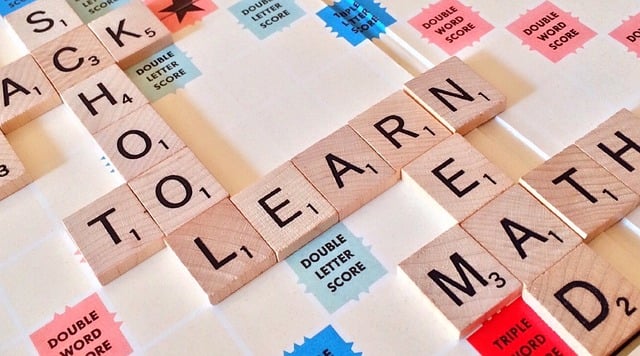
Source: Pixabay user Wokandapix.
Professional development, continuing education, and licensure renewal, oh my!
Teachers have approximately zero hours of free time in a day, but they also have lists of things they have to accomplish before each day is over. There is lesson planning, paper grading, seat rearranging, and so much more, but it’s worth it — it’s all for the kids.
Fresh out of college, most states have some variation of an initial teaching license. After a bit of mentoring and supervision, a novice teacher upgrades to their full teaching license. But it doesn’t end there, oh no, our teachers are also life-long learners. Most school districts require professional development, continuing education credits, and you have to have a license to teach. Many teachers are also choosing to get their Master’s degree.
But what’s the difference?
Professional Development
Most school districts have professional development days built into their teachers’ calendars. The students love this of course–it means they get the day off. While students are off spending the day at the movie theater, mall, or lounging around with Netflix, their teachers are listening to presentations about multiculturalism, the common core, and differentiating class lessons. Professional development sessions are like mini-courses for teachers.
Continuing Education Units or Credits (CEUs/CECs)
Professional development is pretty straightforward. Continuing education is where things get a bit complicated. According to the U.S. Department of Education, a single continuing education unit (CEU) is comprised of at least 10 direct contact hours with an IACET accredited instructor or institution. For example, if you attend a two-day seminar by College Board about AP courses, you will probably earn 1 CEU.
How many CEUs is a teacher required to get each year? Well, it varies from state to state and district to district. When you are hired with a district, have a conversation with your principal to see what’s expected of you.
CEUs can also be used towards license renewal. Unfortunately, each state has different requirements for licensure renewal as each license lasts for a different amount of time, so there’s no set number of CEUs required across the board. To see what each state requires for renewal, check out this handy chart. The Teacher’s CEU Toolbox has also created a map of links for each state’s licensure renewal information.
College and Graduate Credits
Working toward your M.Ed. or MAT gets you the best of both worlds. You can count the classes you’re taking as part of a Master’s program as CEUs. So, not only are you working toward your Master’s (and the pay bump that accompanies it in most states), but you’re also getting your required CEUs out of the way.
Many states also require their teachers to take college classes (varying in semester hour requirements) in order to renew their licenses. Again, the number of college credits required depends on the duration of the license received (i.e., an 8-year teaching license will generally require a greater number of credits than a 4-year license).
To maximize the benefits of getting your Master’s in Education while teaching at the same time, see if there are any grants available to you through your school district. If your school can’t offer any financial assistance, check with the college. Some offer tuition discounts for teachers who are working full-time while also working on their M.Ed.
Yes, if you’re a teacher, getting your Master’s is a good idea. Not convinced it’s worth the effort or don’t think you have time? Check out College Raptor’s return on investment chart for having a Master’s as a teacher.






